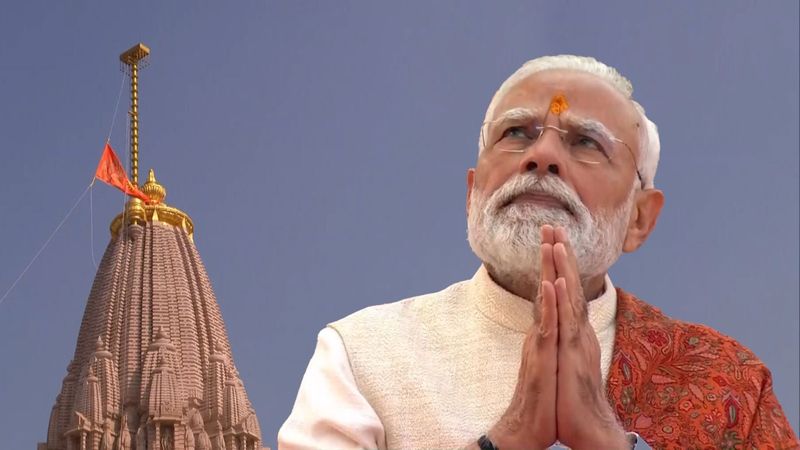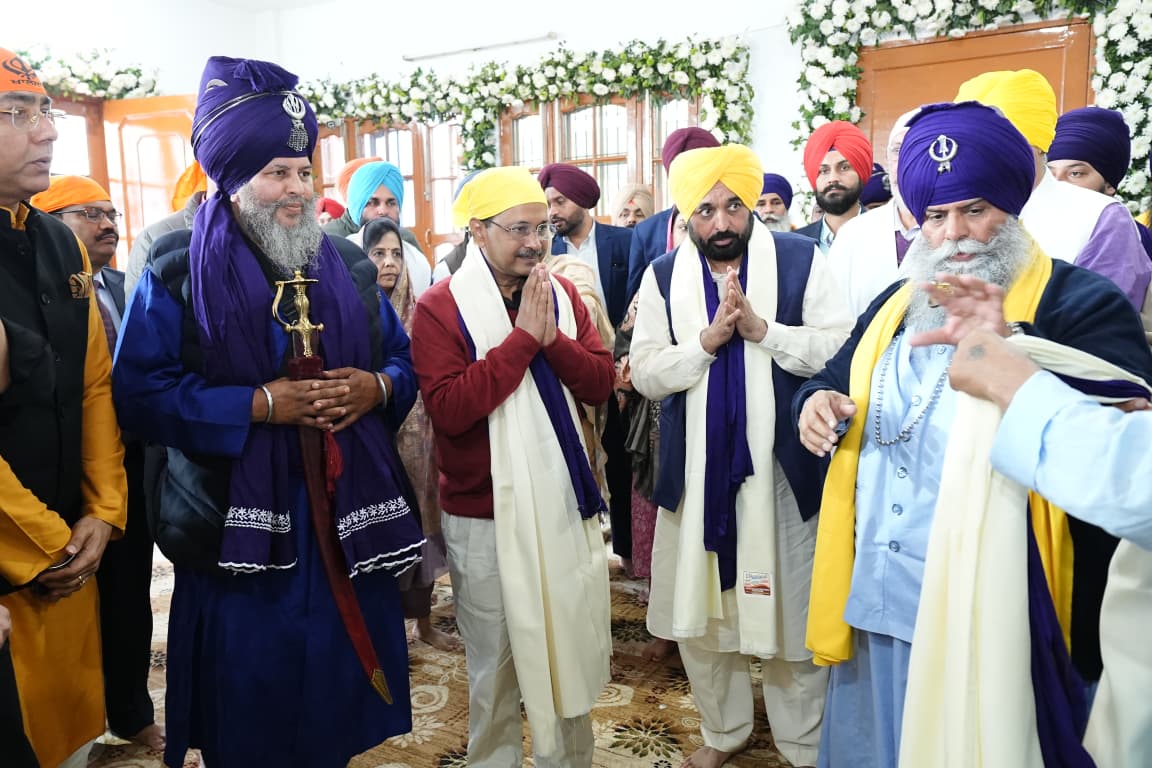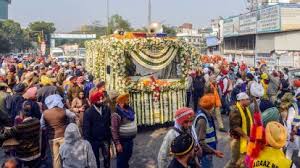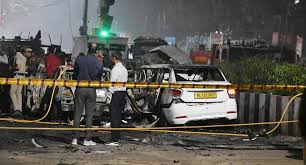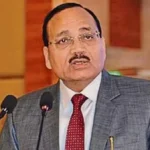Listen To This Post
Radicalisation Began in 2019 on Open Platforms
New Delhi: The radicalisation of the doctors involved in the recently exposed ‘white-collar’ terror module — which carried out the November 10 Red Fort area bombing — began as early as 2019 on mainstream social media platforms, officials supervising the investigation have revealed.
The ongoing probe points to a disturbing shift in cross-border terror strategy: highly educated, professionally successful individuals groomed entirely through digital ecosystems, without any physical contact with handlers operating from Pakistan and other foreign locations.
Handlers Identified Recruits Through Facebook and X
Members of the module — Dr Muzammil Ganaie, Dr Adeel Rather, Dr Muzzafar Rather and Dr Umar-un-Nabi, who drove the explosive-laden vehicle — first came under the radar of Pakistan-based handlers through their activity on Facebook and discussion spaces on X.
Once identified, they were quietly moved into private Telegram groups, where the real indoctrination began. Officials said the psychological grooming was systematic, layered and designed to disconnect recruits from mainstream society.
While Dr Ganaie and Dr Adeel are currently in National Investigation Agency (NIA) custody, Dr Muzzafar fled to Afghanistan in August this year. Jammu & Kashmir Police have initiated the process to secure his deportation. Dr Umar-un-Nabi was the driver of the car used in the November 10 blast.
YouTube Used for IED Training; Handlers Linked to JeM
Investigators found that the group used YouTube extensively to learn how to assemble Improvised Explosive Devices (IEDs). The analysis of digital trails uncovered the primary handlers — ‘Ukasa’, ‘Faizan’ and ‘Hashmi’ — all operating from outside India.
Their names repeatedly surface in intelligence inputs linked to the Jaish-e-Mohammed network, officials said, adding that the doctors had initially expressed a desire to join conflicts in Syria or Afghanistan. However, handlers directed them to remain in India and plan multiple attacks across the hinterland instead.
Module Busted Across Three States; 2,900 kg Explosives Seized
Jammu & Kashmir Police cracked the terror module in coordination with Uttar Pradesh and Haryana units. The investigation led to a shocking recovery of 2,900 kg of explosives from a university in Faridabad, exposing the length and scale of preparation involved.
The trail began on the night of October 18–19, when posters of banned Jaish-e-Mohammed appeared on walls outside Srinagar, threatening attacks on security forces. Treating it as a serious indicator, SSP Srinagar G V Sundeep Chakravarthy formed multiple teams to launch an intensive probe.
Encrypted Apps, AI Videos and VPNs: The New Terror Toolkit
Since 2018, terror groups have altered their recruitment playbook. With security tightening and physical movement being monitored, radicalisers now rely heavily on digital tools.
Once a target is identified, recruits are pushed into encrypted groups on Telegram or Mastodon. There, they are shown manipulated propaganda, including AI-generated videos designed to evoke anger, alienation and ideological commitment.
Virtual training follows, from basic indoctrination to operational guidance using widely available YouTube tutorials. VPNs, fake identities, proxy accounts and secure messaging ensure the recruits remain invisible primarily to traditional surveillance frameworks.
UN Flags Global Digital Radicalisation Trend
India’s concerns echo global warnings. The United Nations has repeatedly highlighted the agility with which terror outfits use online propaganda for recruitment, operational planning and incitement. In 2017, the UN Security Council adopted the Comprehensive International Framework, placing primary responsibility on member states to fight digital radicalisation while coordinating counter-narratives and upholding legal and human rights norms.




